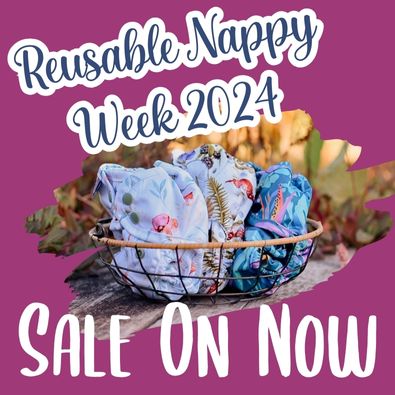What is Elimination Communication?
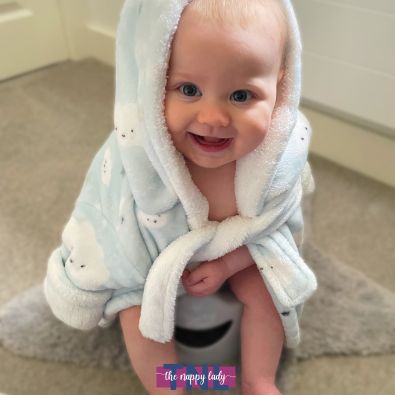
Elimination communication (EC) involves using timing, signals and cues to know when babies need to go to the toilet. Instead of wearing nappies, parents and carers hold babies over a potty.
EC isn't full potty training because it doesn't involve the baby actively holding their urine or faeces.
Other names for Elimination Communication
Elimination Communication is also known under many other names such as EC, natural infant hygiene, infant potty training, infant pottying, nappy free toilet training or diaper free. It is a process that can be started right from birth or with a young baby.
When to introduce a potty - by Jenn, a customer.
Elimination Communication method is often more practical than it might at first seem. In fact, many cloth nappy using families find that they instinctively practice some form of this technique and are then interested to find out how to further incorporate it into their daily life.
The general idea of Elimination Communication is that you (the caregiver) try to help your baby stay clean and dry by offering them the opportunity to wee and poo somewhere other than in their nappy - and the earlier you start, the more instinctive that can be.
For a large proportion of the world's population, using a nappy isn't as practical as not using a nappy - so it's natural and expected that parental assistance will play a significant role in keeping babies clean (just as it did for your grandparents and great grandparents). But that doesn't mean you need to forsake nappies to have a go yourself.
Ways to incorporate & practicing EC into daily life
There are several ways many parents incorporate some natural infant hygiene into their normal life. To practice EC you might offer the opportunity to use a potty or toilet:
- In response to a 'signal' from your child - some sort of action that you've noticed is associated with the discomfort of a full bladder or moving bowel. The 'poo face'. A sudden stillness. A grunting noise. A newborn wiggle.
- In response to an external stimulus that usually triggers evacuation. Baby Eliminates often after a feed. On waking from a nap.
- As part of a daily routine. During nappy changes. After lunch. Before getting into the car. At bath-time.
- An interval of time after the last time (because that's a straight forward way to go about it).
Top Hat Potties
Specialist Top Hat Potties are designed especially for EC to make potty stops quick and convenient which is incredibly handy with a mobile baby.
Why bother? Surely babies can't control their bladder and bowels from birth.
Actually, they can, to a certain degree. They can learn to associate doing a wee or poo with a particular position or word of encouragement. So in that way they learn very early to deliberately and consciously release a wee or strain to do a poo. And they wait (within reason) for such an opportunity to be offered.
Taking charge of the timing - knowing themselves in advance, every time, and doing something about it - that comes much much later; for many children at around conventional potty training age (say, two).
However, there are many advantages to be had along the way of baby Elimination Communication. If you decide to travel this route, you need to enjoy the journey rather than setting your sights on the end result.
What are the advantages for Elimination Communication?
- It helps your child to stay clean and dry, which saves you a lot of washing and a very fruity nappy bucket.
- Being clean and dry means a comfortable (and therefore happy) baby with no nappy rash.
- Pooing in a pot is much cleaner than soiling a nappy. When I started with my newborn I was pleasantly surprised to be able to clean up after a poo with one dab of loo roll.
- Removes the battle of nappy changes with a wiggly toddler
- Because EC reduces a families reliance of nappies, the environmental impact of disposable nappies and/or washing reusable nappies is reduced
- Cost effective as families do not need to buy as many disposable nappies or reusable nappies.
- The act of responding to your vulnerable baby and their needs can help strengthen the bond between you.
What are the disadvantages for Elimination Communication?
- Time. It does take much more time to pay attention and learn your baby's signals than it does to simply let them toilet into a nappy.
- Overwhelming. It may even feel too much for brand new parents who are still getting used to caring for a fully dependent and vulnerable baby.
- Logistics. With other children to care for, work, demands of life parents may not be able to dedicate the time to practice full-time EC.
Pottying Position for EC
Using the in-arms pottying position or squatting on a potty helps a baby to fully evacuate his bladder and bowels helping him to stay cleaner for longer (and as an added bonus also encourages him to burp).
The classic EC hold is baby's back against your belly with one of your hands under each thigh and Baby's knees bent.
Recognising any sign of discomfort enables you to respond appropriately - in very young babies it takes some of the guesswork away from 'why are they squirming or crying' by giving you something very simple to try that may, quite literally, give them relief.
You develop a deep bond from assisting with something so fundamental, and is something that can also be enjoyed by other caregivers! No special equipment, no long term commitment - just take off that nappy and give it a go.
How would EC influence my choice of nappy?
You'll still need all of the basic cloth nappy gear as back up but with a few tweaks depending on how far you want to take it. If you decide that you want to change your child frequently, you'll want to look for nappies that aren't very absorbent. No point wasting all that absorbency on one wee.
We stock a number of specialist EC systems designed especially for ECing and not normal nappying. These EC nappies make potty stops quick and simple.
Some examples of specialist EC nappies are below:
If you're not sure if you're going to EC then some other great options are to use pocket or all in one nappies because you can adapt the absorbency to suit your circumstances, they don't take up that much space in the wash, they dry fairly quickly and they act like an all in one for when you're removing a dry nappy to try for a wee. Easyfit STARS are a great all in one choice and come without a fleece liner so little one will feel wet, they are also low absorbency so need changing frequently. The Little LoveBum Snap & Wrap System is another great choice as they are relatively cheap so you can have lots of pads/inserts for frequent changes. The Motherease Uno Cotton isn't a cheap nappy but offers a quick change nappy without any stay-dry layer so baby will feel wet.
However, many people prefer two part nappies because they can leave the waterproof cover off to get a better idea of when their child has done a wee and try to learn their signals or timing intervals. In this situation, you would probably use specialist EC clothing/trousers rather than standard bottoms. Nappies such as Bamboozle Stretch or Motherease Onesize make great two part choices as they don't come with fleece linings and you can remove the boosters to make them lower absorbency.
EC Wear
At The Nappy Lady we also stock a range of Elimination communication friendly clothing that when combined with EC reusable nappies can make your EC journey that bit easier.
Our EC wear is based on traditional baby clothing found in China which includes split-crotch pants. The pants have a split down the middle and allows children to wee and poop without having to take their trousers off.
FAQ's |
|---|
Is it too late to start EC?If you didn't begin EC with your newborn, it's not too late. You can really begin using this method whenever you like or whenever you feel your baby may be receptive to it. |
Can we do EC part time?Yes even part time EC can be effective. Try it out and see how you get on. |
Does EC really work?Yes it does. We have many customers who have successfully gone through the EC process. They have found they have reduced or removed pooey nappies entirely. EC has been successfully used for generations and still is the main toileting method for babies in many countries. |
How do you start EC with a newborn?Start with nappy free time on a waterproof and absorbent change mat. Look for your baby's cues before they toilet. Many babies need to toilet shortly after a feed or upon waking. Keep a record of your baby's potty times and over time you will begin to see patterns and start to recognise their cues. |
Thank you to Jenn from www.bornready.co.uk on helping with this article.
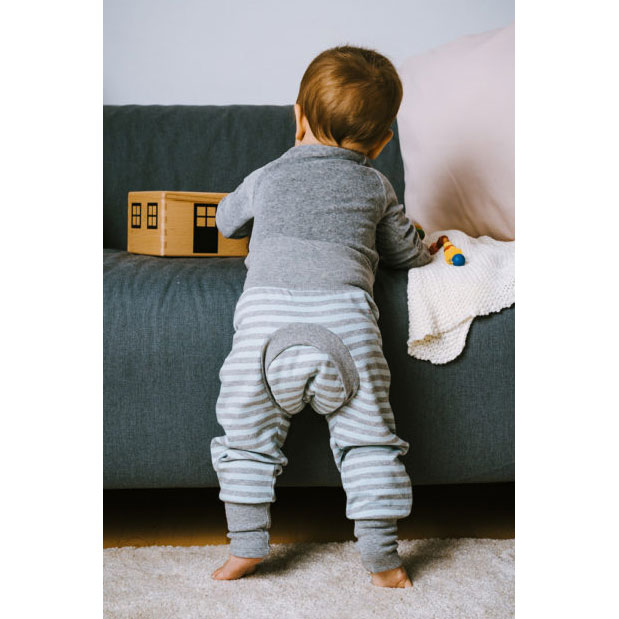
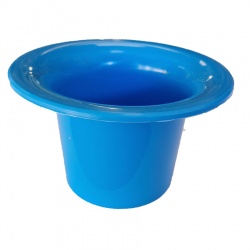
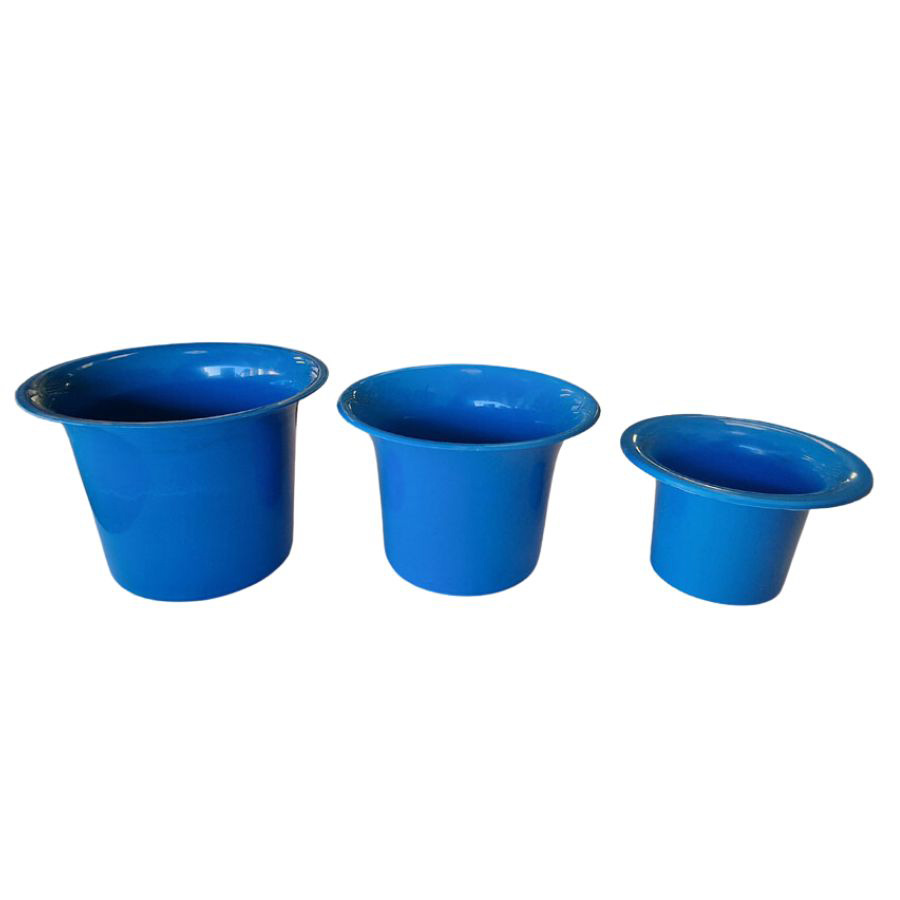
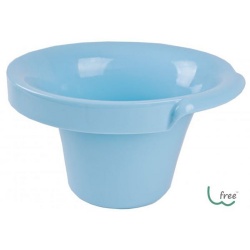
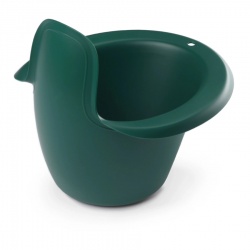
.jpg)
.jpg)
.jpg)
.jpg)
.jpg)
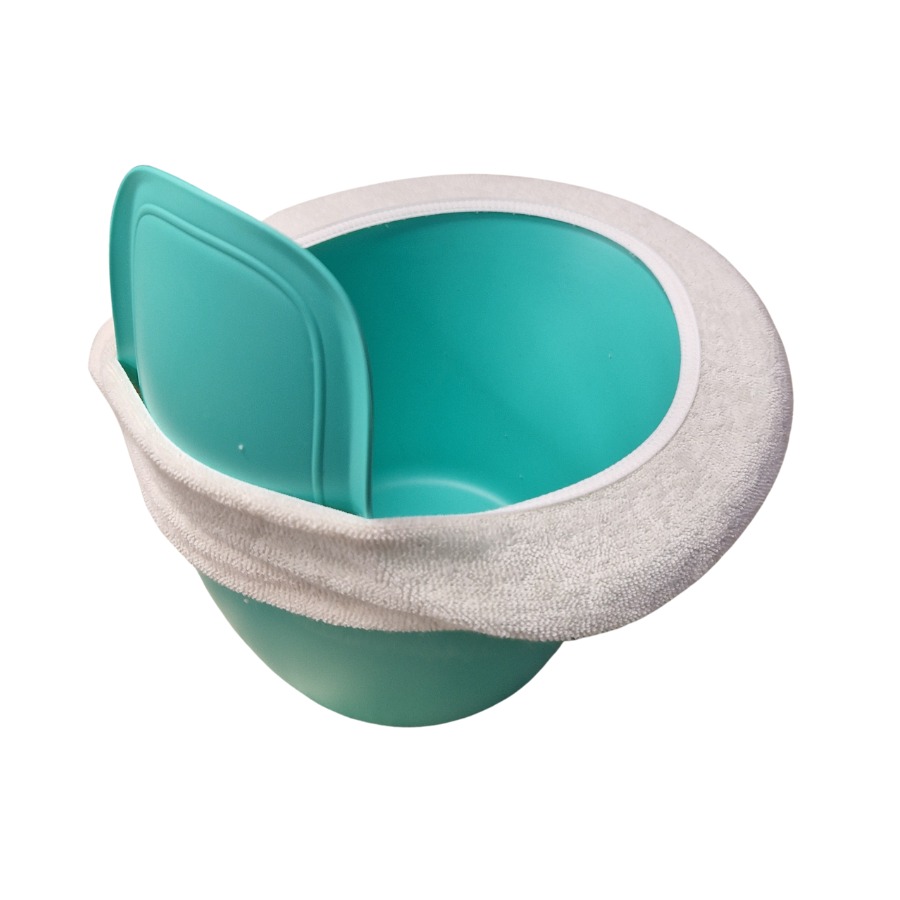
.jpg)
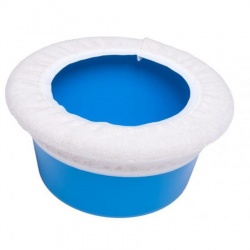
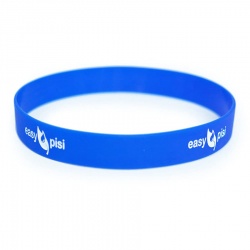
.jpg)
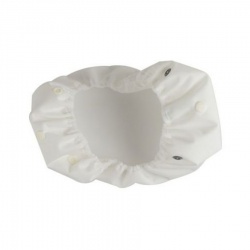
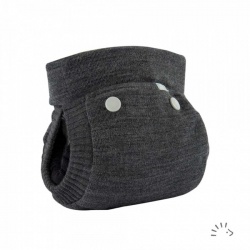
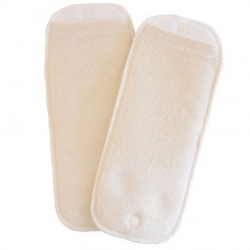
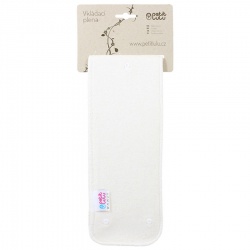
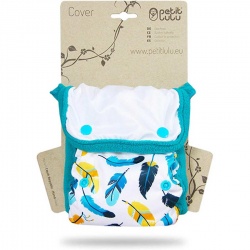
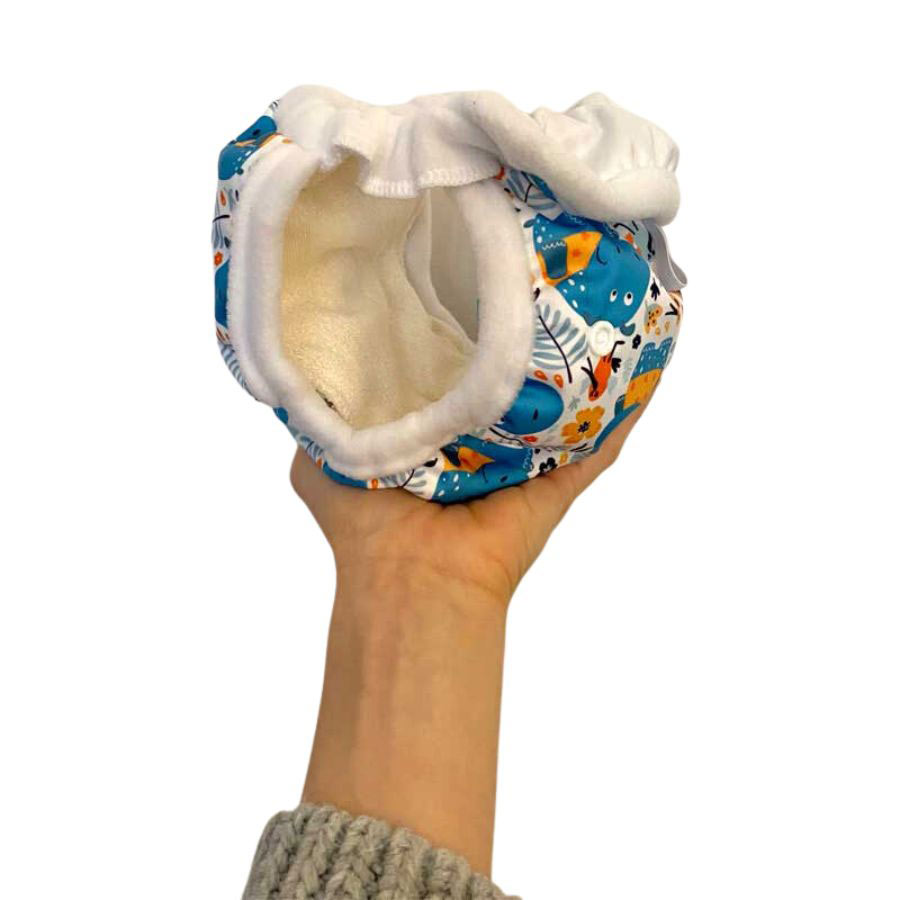
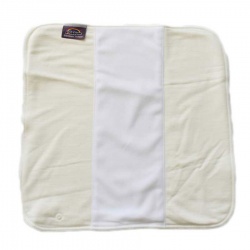
.jpg)
.jpg)
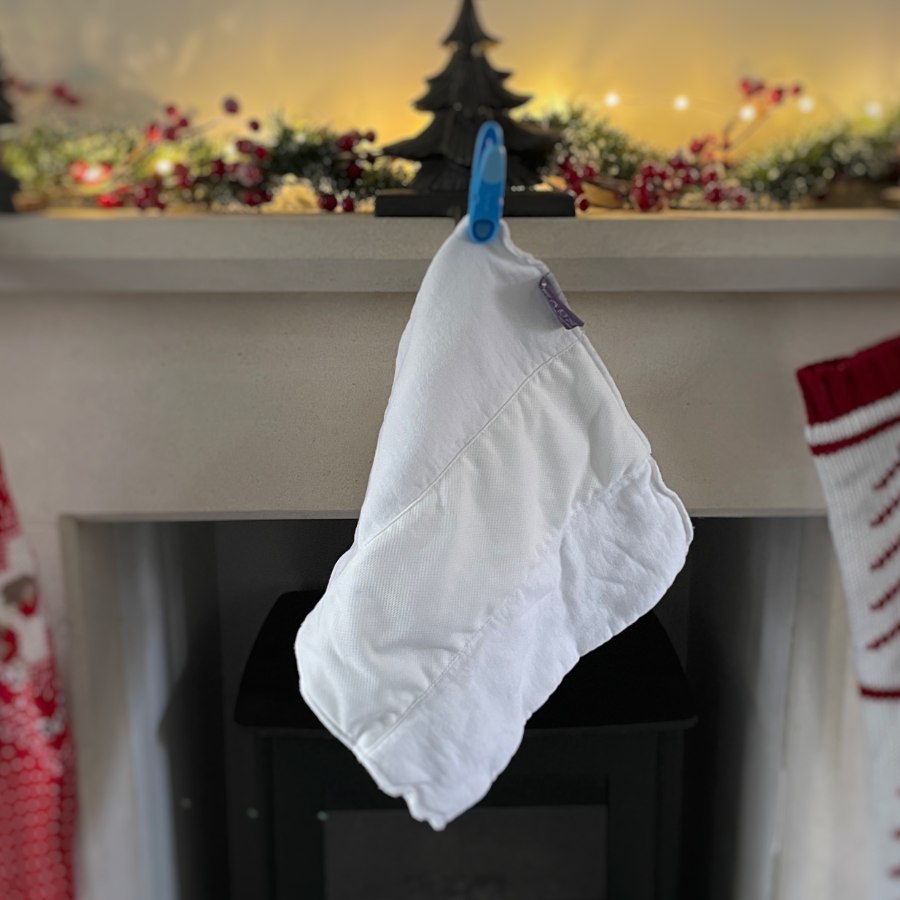
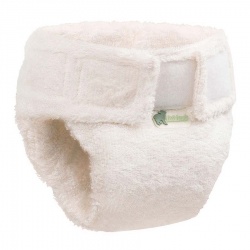
.jpg)
.jpg)
.jpg)
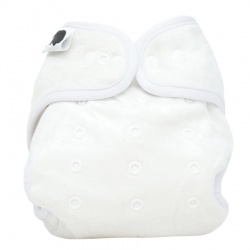
.jpg)
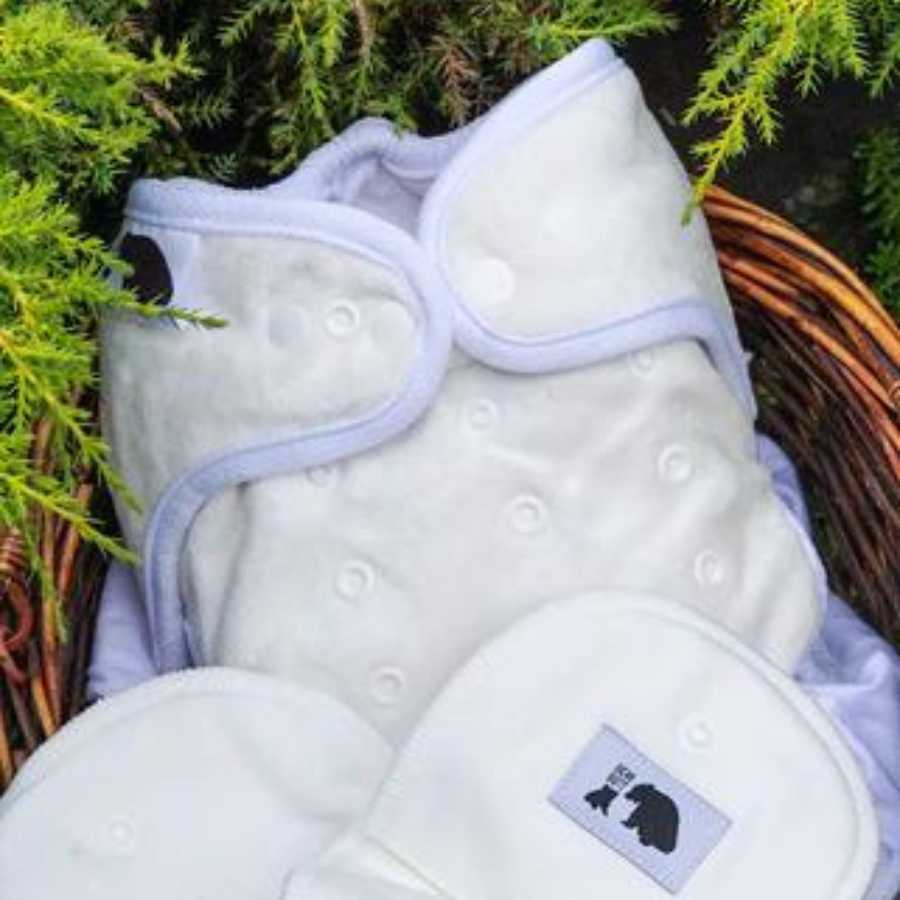
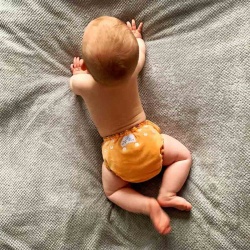
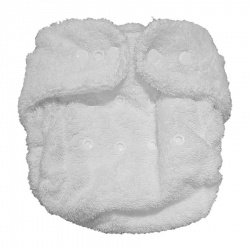
.jpg)
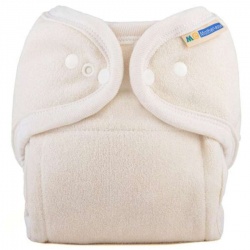
.jpg)
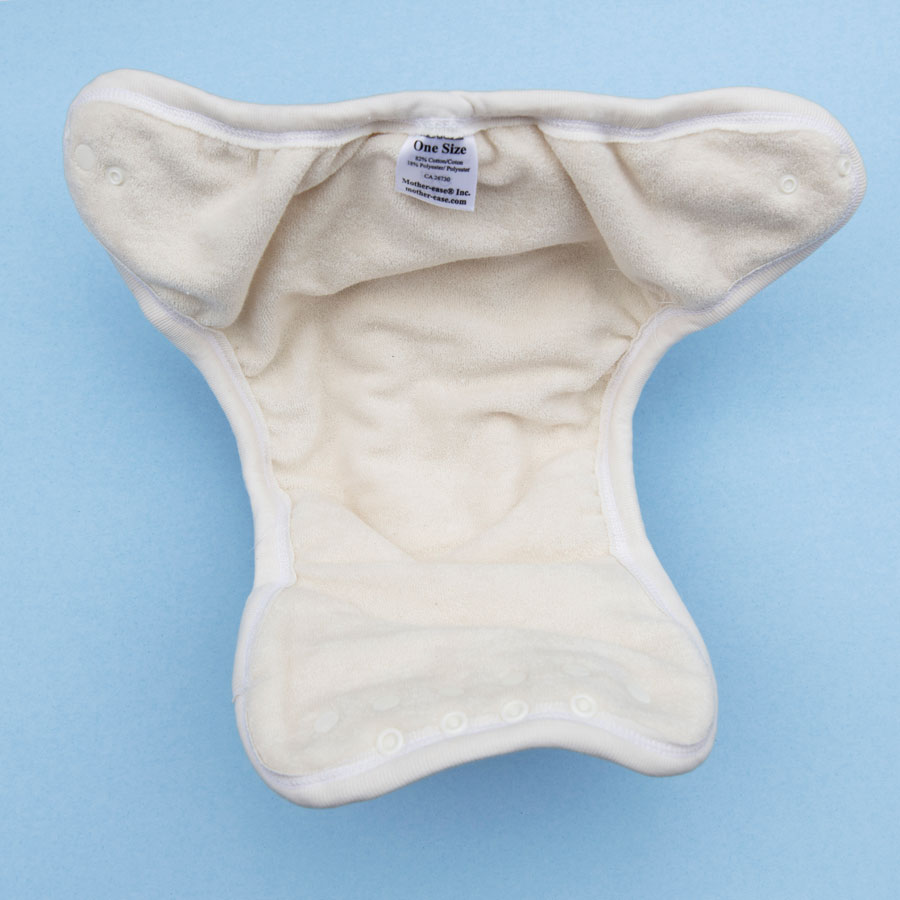
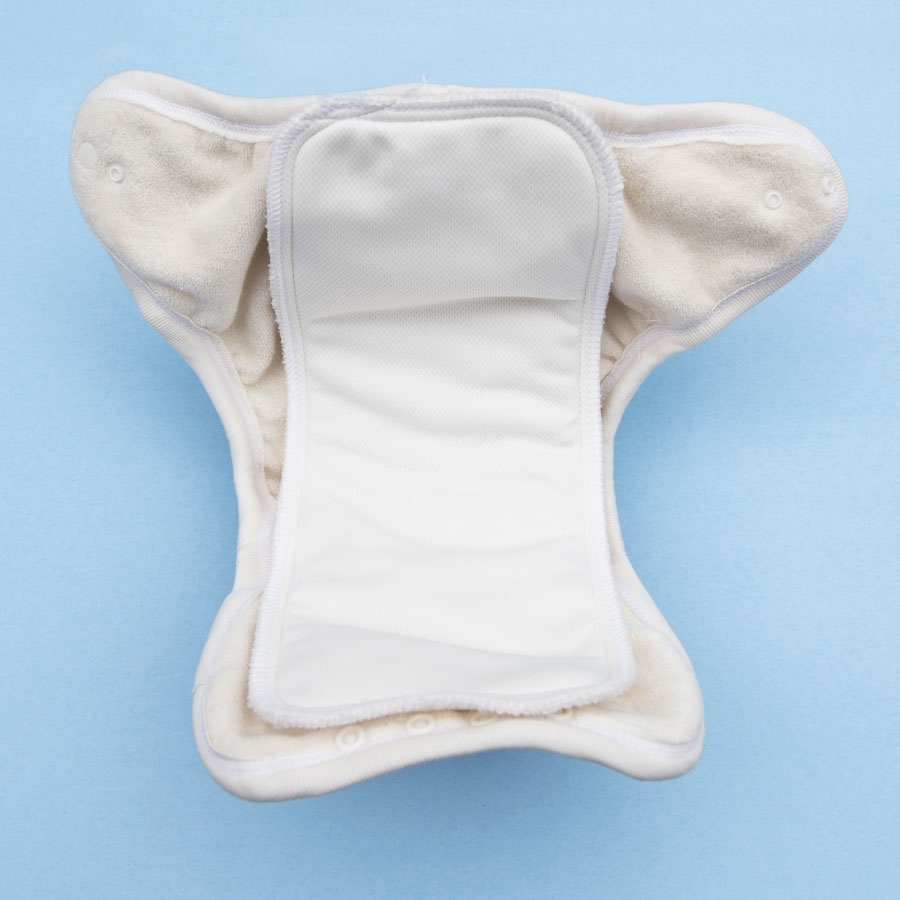
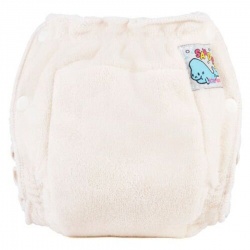
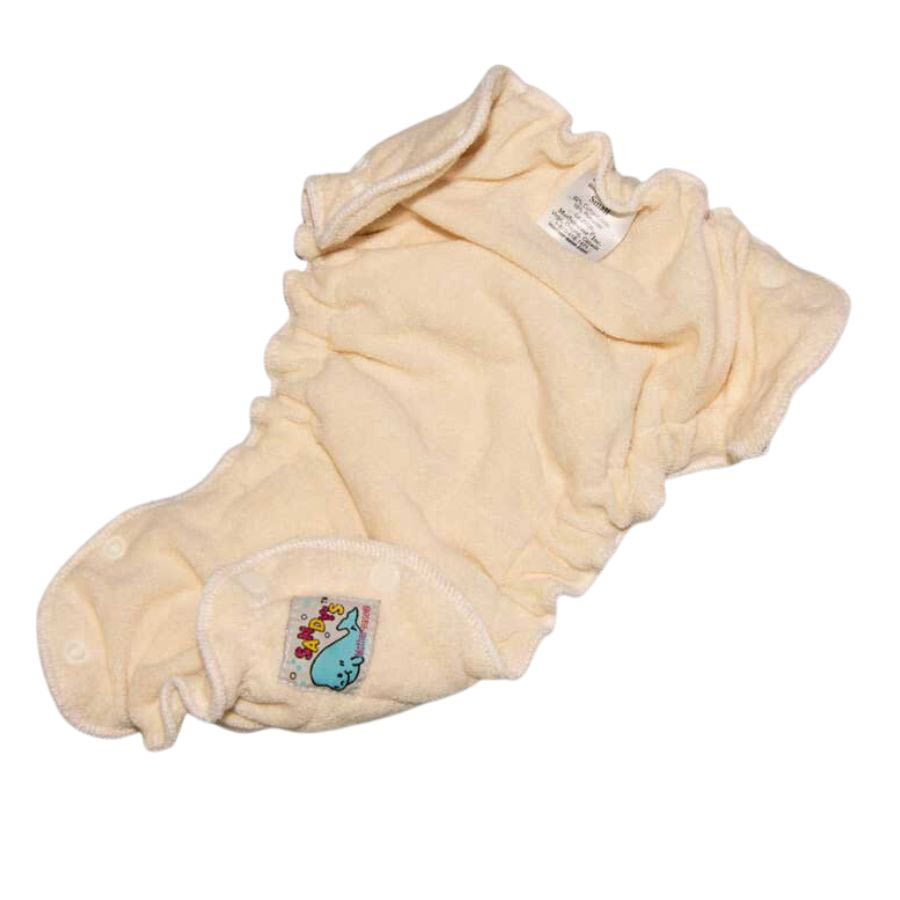
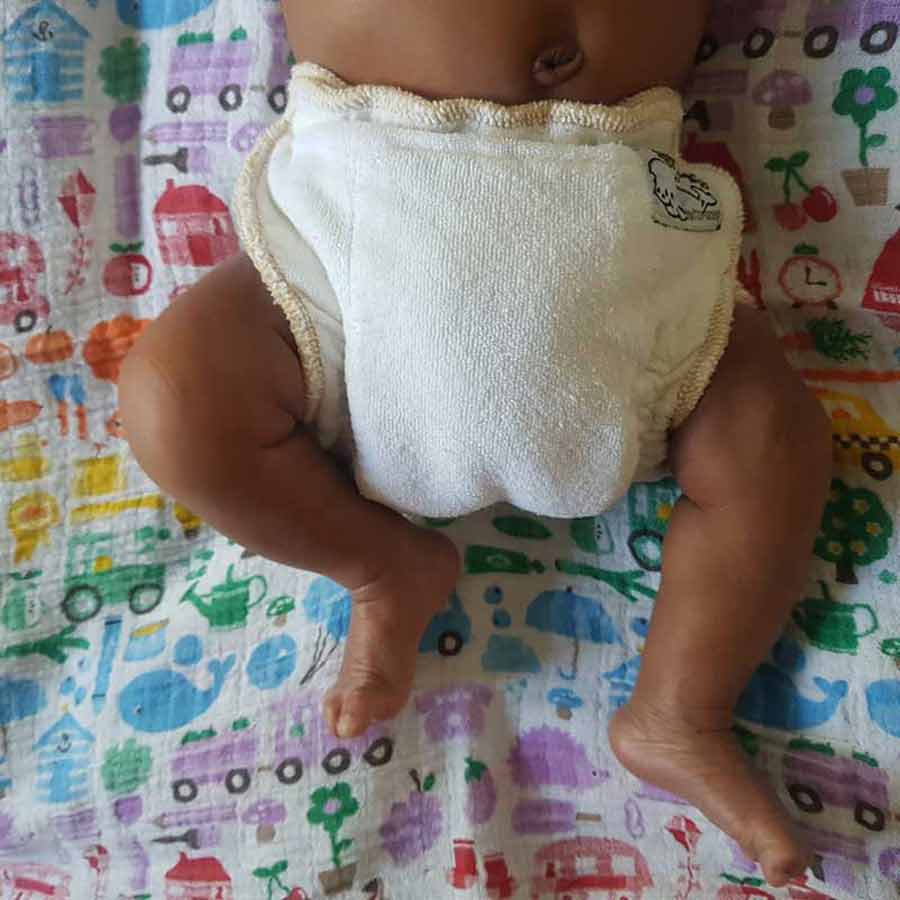
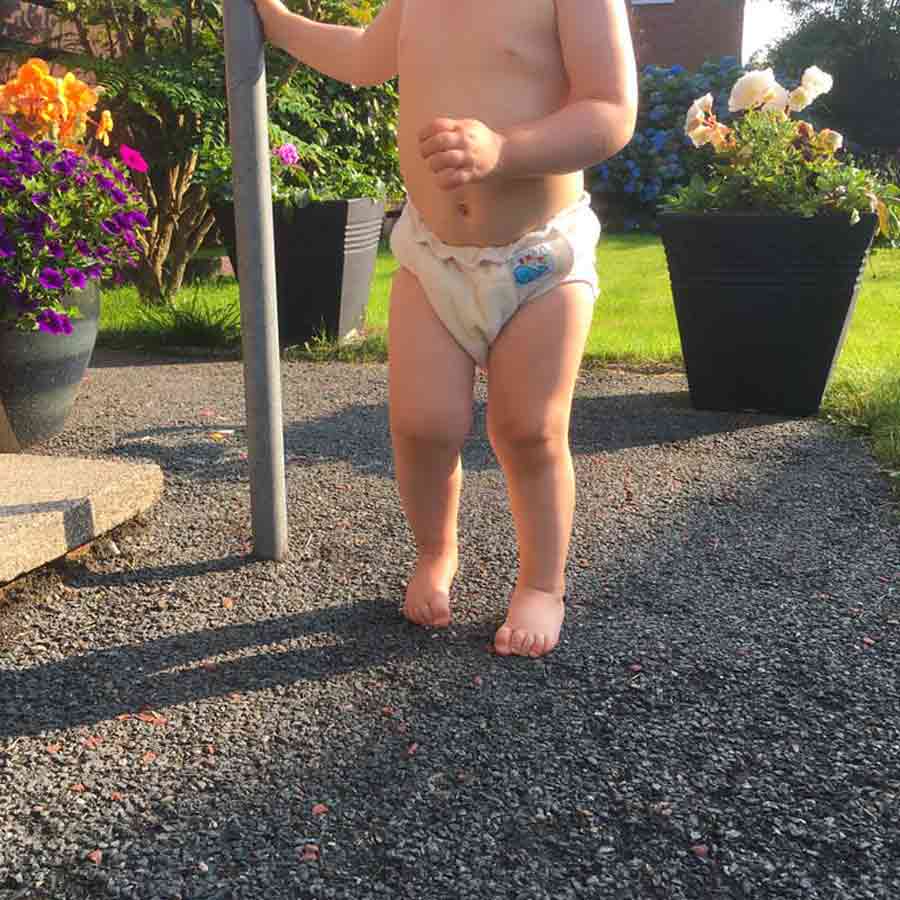
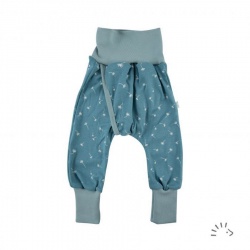
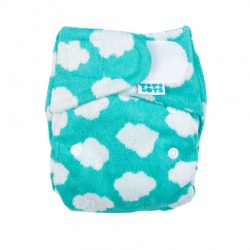
.jpg)
.jpg)
.jpg)
.jpg)
